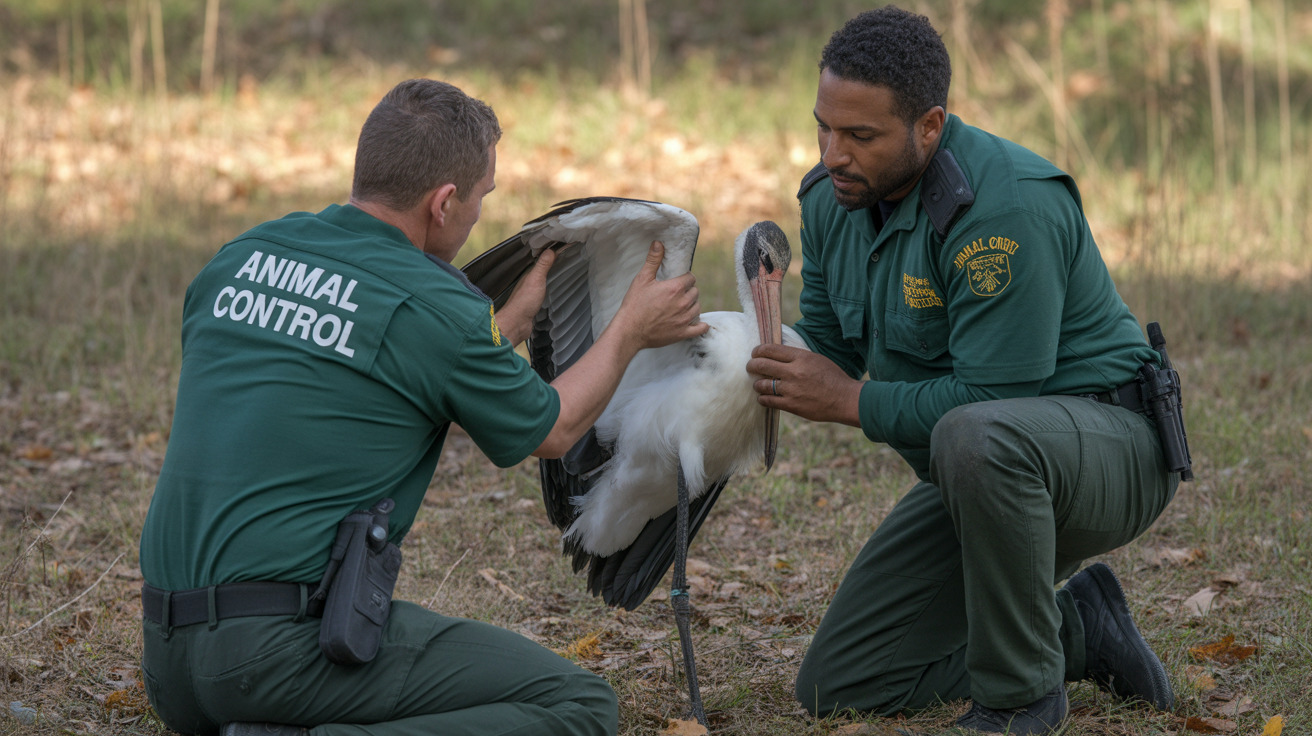Decoding cat body language is crucial for any cat owner or enthusiast. Unlike their canine counterparts, cats communicate primarily through subtle physical signals that can be easy to miss or misinterpret. This comprehensive guide will help you understand what your feline friend is trying to tell you through their various postures, movements, and expressions.
By learning to read these silent signals, you'll develop a deeper connection with your cat and be better equipped to meet their needs, whether they're feeling content, anxious, or unwell. Let's explore the fascinating world of feline communication and discover what your cat's body language really means.
The Basics of Feline Posture and Position
A cat's overall posture provides immediate insight into their emotional state. A relaxed cat typically displays a loose, comfortable stance with their weight evenly distributed. Their body appears neither rigid nor tense, and they may stretch out confidently, showing their belly in a secure environment.
Conversely, a defensive or fearful cat will try to appear smaller, crouching close to the ground with their limbs tucked underneath. In threatening situations, cats may arch their backs and puff up their fur to appear larger and more intimidating to potential threats.
Decoding Tail Signals
Your cat's tail is perhaps their most expressive appendage, acting as an emotional barometer. A tail held high with a slight curve at the tip typically indicates a happy, confident cat approaching with friendly intentions. This "question mark" tail is often seen when cats greet their favorite humans.
A low-hanging or tucked tail suggests fear or submission, while rapid back-and-forth movements usually signal agitation or impending aggression. A puffed-up tail, especially when combined with an arched back, means your cat feels threatened and is trying to appear more intimidating.
Reading Ear Positions and Eye Signals
Ears serve as excellent indicators of a cat's mood and attention. Forward-facing ears show interest and engagement, while ears flattened against the head are a clear warning sign of fear or aggression. Ears that rotate sideways or backward might indicate mild irritation or uncertainty.
Eye contact and pupil size also convey important messages. Slow blinks are often called "cat kisses" and indicate trust and affection. Dilated pupils can signal excitement or fear, depending on other body language cues, while constricted pupils might indicate aggression or discomfort.
Whisker Positioning and Facial Expressions
A cat's whiskers act as both sensory tools and emotional indicators. Relaxed, forward-pointing whiskers suggest a calm, curious cat, while whiskers pulled back against the cheeks might indicate fear or stress. The position of these sensitive tools can help you gauge your cat's comfort level in any situation.
Facial expressions, though more subtle than in dogs, can reveal much about a cat's state of mind. A relaxed face with soft features indicates contentment, while a tense face with pulled-back lips and exposed teeth signals defensive aggression.
Frequently Asked Questions
How can I tell if my cat is happy or relaxed through its body language?
A happy cat typically displays a relaxed posture, upright tail with a slight curve, forward-facing ears, and may engage in slow blinking. They might also purr, rub against you, or roll over to show their belly in a comfortable environment.
What do different tail positions and movements mean in cat communication?
A high tail indicates confidence and friendliness, while a low or tucked tail suggests fear or submission. Quick tail movements often signal agitation, and a puffed-up tail means the cat feels threatened or alarmed.
How do ear and eye positions help interpret my cat's mood?
Forward-facing ears indicate interest and contentment, while flattened ears signal fear or aggression. Slow blinking shows trust, dilated pupils can mean excitement or fear, and constricted pupils might indicate aggression.
What signs in my cat's posture or whiskers indicate fear or aggression?
Fear is shown through a crouched position, tucked tail, flattened ears, and whiskers pulled back. Aggression is indicated by a stiff posture, thrashing tail, pulled-back whiskers, and possibly raised fur along the spine.
How can I recognize when my cat is sick or in pain based on its body language?
Signs of illness or pain include hunched posture, lethargy, tucked tail, squinted or dull eyes, flattened ears, and withdrawal from social interaction. Any sudden changes in normal body language patterns warrant veterinary attention.
Conclusion
Understanding cat body language is an essential skill for any cat owner. By paying attention to your cat's posture, tail position, facial expressions, and overall demeanor, you can better understand their needs and emotions. This knowledge leads to stronger bonds and better care for your feline companion.
Remember that each cat is unique, and their body language should always be interpreted within the context of their environment and individual personality. When in doubt about your cat's health or behavior, always consult with a veterinary professional.






